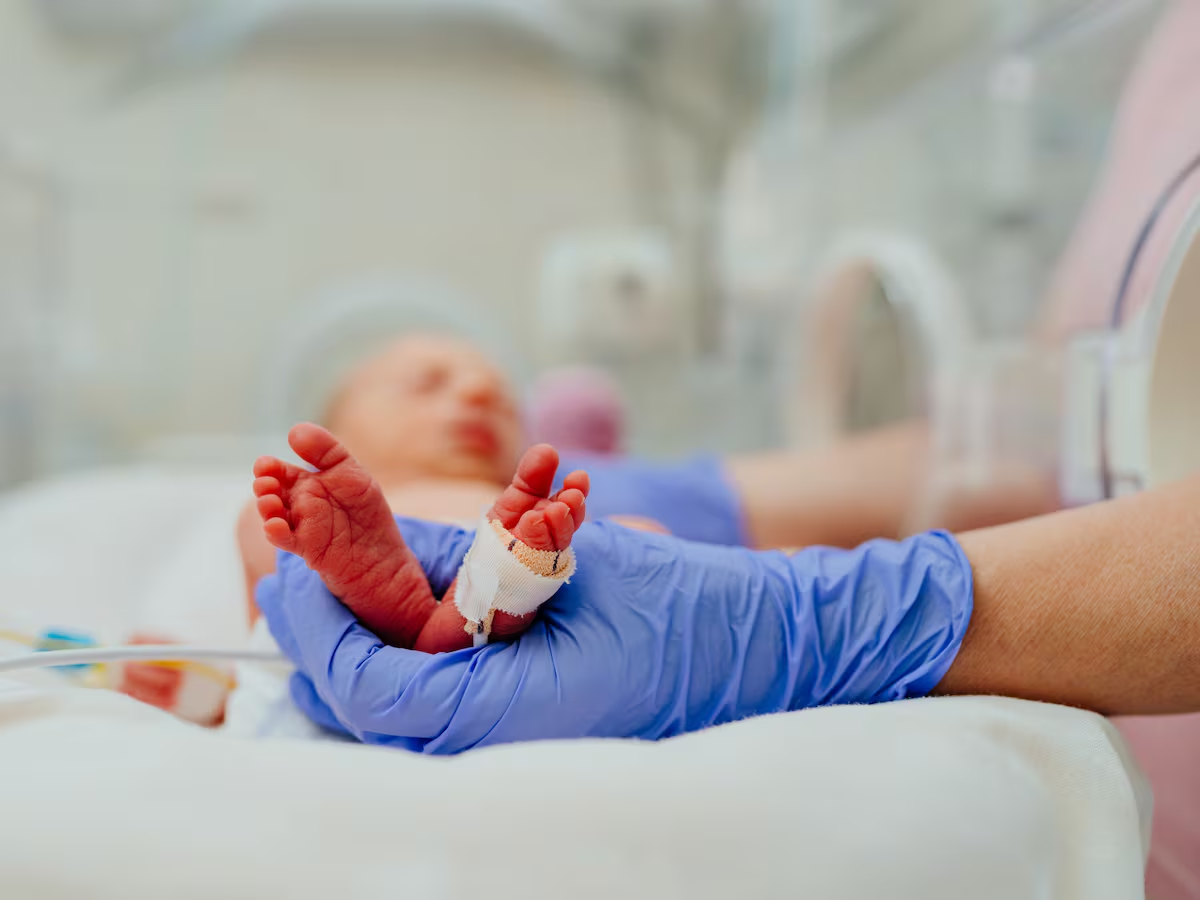The night I was born, as soon as they laid my head on her chest, my mother counted, one by one, my toes and hands fingers. She did it very quickly, twice, just to be sure. It was important to be sure, and it was important to be quick: I was six months when I was born, and they had to place me immediately in that artificial womb, half shelter, half tanning bed, that we know as an incubator.
If we believe the newborn viability rates of the early 1970s, I was on the verge of not being born. On the verge of crawling backward, like in a rustic version of Michael Jackson’s moonwalk, across the thin line that separates newborns from unborns. The incubator was then my salvation and the proof that I was more of a laboratory mouse than a baby, as my tiny size, meager weight, and transparent skin suggested.
The next day, very early, a doctor brought her newborn daughter to my mother so she could breastfeed her. “I didn’t have a girl, but a boy,” my mother replied, on the verge of tears. “A-little-boy,” she emphasized, as she emphasizes today, more than half a century later, when she recalls the episode. Later, the doctor who had treated her the night before clarified everything.
Another clarification is necessary here. The night I was born, there was a splendid full moon, which means hallways flooded with babies, mothers on the verge of a nervous breakdown, fathers zigzagging before being ushered out of the maternity ward, and nurses bumping with each other while holding a child in each arm. Add to that Cantinflesque scene the birth of two premature babies, and the baby swap seems inevitable.
Embracing the World
I was once curious to know a little about that other life that could have been mine, but I couldn’t follow its trail. Randomness had erased the traces of the other me, just as it had willed that one random night, in a hospital in San José, two premature babies were born: a girl and a boy. What would have happened if that night two premature babies with similar genitals had been born? In that case, the exchange would have gone unnoticed, and my life would be different.
Although perhaps it’s not about thinking the life I could live, but about the lives I have lived. I speak in plural, because we are many lives. I am the filmmaker who plays the role of university professor, but also the soccer player I never was and the salsa dancer I barely managed to be. I am the life of my grandfather, Ramón Mesías Ureña, the best ghost storyteller in Jiménez de Pococí, the life of my great-great-grandmother Josefa Carvajal, the midwife of Villa Quesada, and the life of the Spanish adventurer who crossed the Atlantic in search of his fortune at the beginning of the 18th century.
I am the story of the books that have shaped me and the characters with whom I have learned and suffered. I am the images that never fade in my mind, the movies that have dilated my pupils, and the topics that interest me increasingly every day, even without knowing why. I am the corner of the world where I have been happy, the country where my parents were born, and the emptiness and paradoxes of that country.
Understanding our lives means looking up, talking with relatives and friends, remembering, asking questions, wandering, first in one direction, then in the opposite, and asking again. To understand a life, any life, it is necessary to embrace the entire world. Salman Rushdie proposes this powerful idea in Midnight’s Children (1981): an encyclopedic novel that tells the story of two babies switched at birth.
Gypsies and Midwives
“When babies were born at home, these problems didn’t exist,” says my dad during breakfast, as we discuss the exchange. He says this with the authority of someone who was born at home, like his twelve siblings, into a Gypsy family that migrated far away from Gypsies. A family that traveled across the country, always looking for a better place. When a midwife didn’t appear to deliver the newborn, my grandfather Ramón took over.
Joaquín Sabina sings that, if he had a choice, of all the lives he would choose that of the lame pirate with a wooden leg, an eye patch, and a bad-guy face. Lives have chosen me. I’ve been a filmmaker, a Gypsy, a ghost storyteller, a Spanish adventurer, and an improvised midwife. I was also the transparent baby girl with the body of a mouse who was brought to my mother’s bed so she could breastfeed her. That’s one of my favorite lives.

